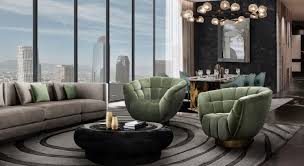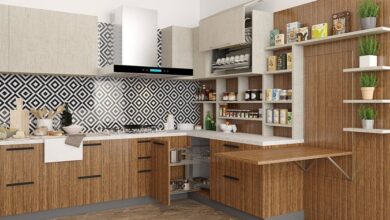How Care Homes Are Adapting to the Needs of a New Generation

Care homes have traditionally been seen as quiet, clinical spaces catering to the needs of older generations. However, the expectations of incoming residents are changing. Today’s retirees and older adults are more active, tech-savvy, and wellness-focused than ever before. In response, care homes across the UK are evolving, not only to meet medical and mobility needs, but also to provide enriching, modern lifestyles that reflect these shifting priorities.
Prioritising Personalised Care
One major shift is the move towards personalised care. Instead of a one-size-fits-all approach, care homes now focus on tailoring services to the individual. This includes everything from nutrition plans to activity schedules and even bedroom design. Personal histories, hobbies, and preferences are all taken into account to ensure each resident feels seen, heard, and respected.
Staff are trained to understand dementia care, emotional wellbeing, and lifestyle preferences. This level of care supports both physical and mental health, improving quality of life and strengthening relationships between staff, residents, and families.
Modern Facilities and Technology Integration
Modern care homes are incorporating new technology to create safer, more efficient environments. Innovations like fall detection sensors, digital medication systems, and smart lighting are becoming standard. But beyond safety, there’s a growing emphasis on comfort and connectivity.
Residents expect high-speed Wi-Fi, digital entertainment, and opportunities to stay connected with family through video calls and social media. Some care homes are even offering virtual reality experiences for memory therapy or travel-based stimulation, helping residents explore the world from their own armchairs.
A Focus on Lifestyle and Community
Today’s older adults value social interaction and meaningful activities. Care homes have responded by redesigning communal areas to resemble boutique hotels or wellness retreats, complete with cafes, cinemas, fitness studios, and gardens. There’s a stronger focus on creating a community feel where residents can participate in clubs, enjoy hobbies, or simply enjoy a coffee with friends. Dining has also received a significant upgrade. Mealtimes are now about choice and enjoyment, with seasonal menus, chef-led kitchens, and restaurant-style settings.
In regions like Somerset, this new standard is being embraced with enthusiasm. For example, luxury care home options in Somerset offer high-end facilities, beautiful surroundings, and bespoke care packages that reflect this modern vision of elder living.
Environmental and Ethical Considerations
Sustainability is also on the rise within the care sector. Many new facilities are designed with energy efficiency in mind and use locally sourced food and eco-friendly materials. Ethical employment practices, green spaces, and sustainable supply chains are becoming more important to both providers and families.
Looking Ahead
The care industry is moving away from the image of quiet corridors and television rooms, and towards vibrant, comfortable, and community-focused spaces. As future generations continue to reshape the meaning of ageing, care homes will keep adapting, offering not just support, but a fulfilling and engaging lifestyle. The evolution is already underway, and it’s clear: care homes are becoming places where older adults can live with dignity, independence, and joy.



